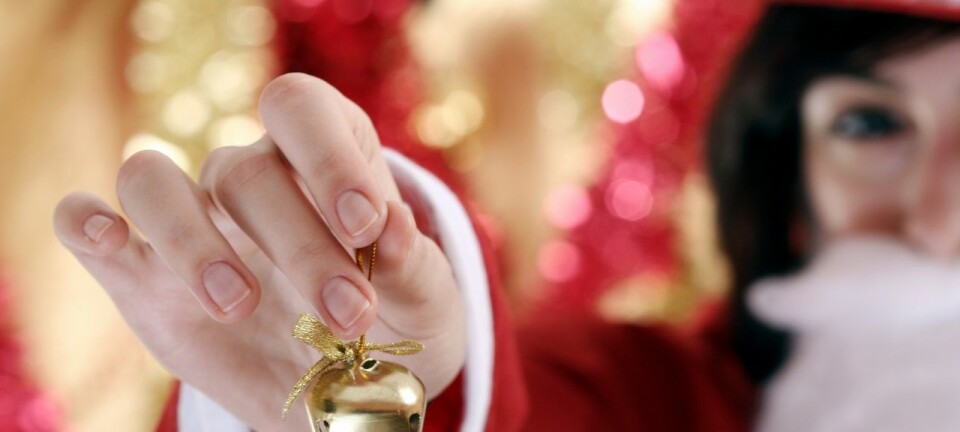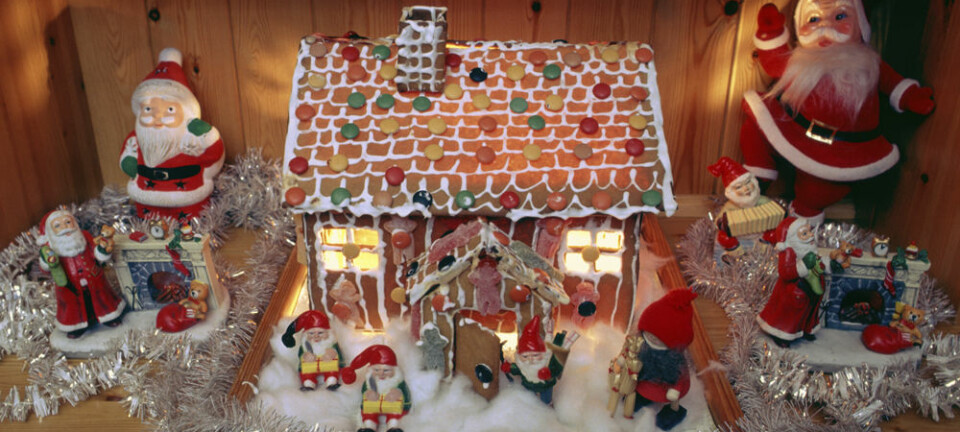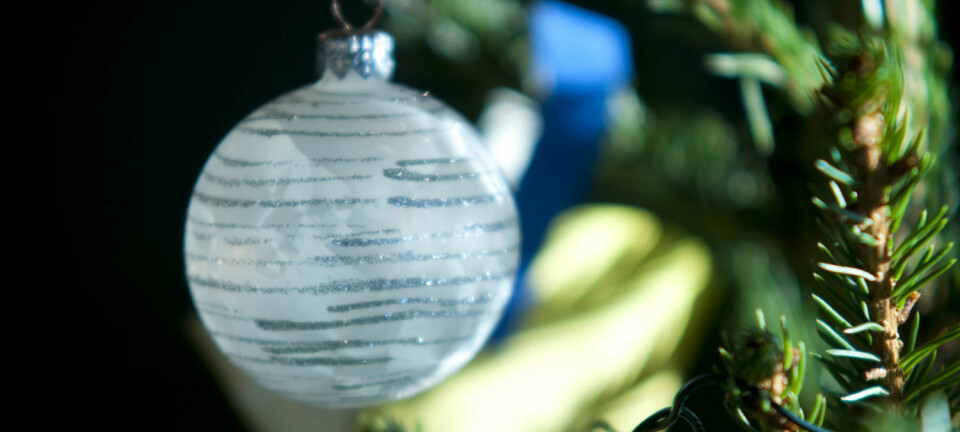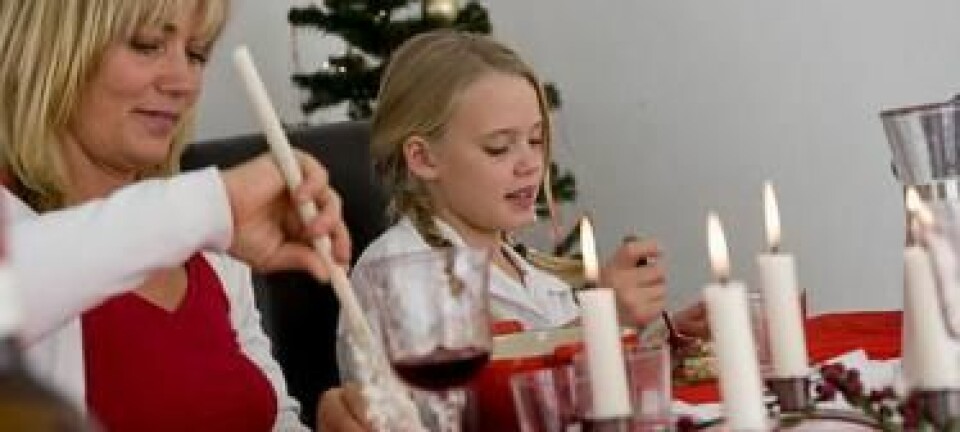
The Scientist’s Guide to Christmas: Part II
How often can we expect a white Christmas in the future? Do women buy better presents than men? ScienceNordic have answers for these and other Christmas-related mysteries.
It is that time of year again. The northern hemisphere is dark and the days are short, whilst the southern hemisphere enjoys beach parties and surfing Santas.
Christmas is here! But what does science have to say about this festive time of year?
We delve into the scientific answers to the perplexing mysteries of Christmas: welcome to part two of The Scientist’s Guide to Christmas.
You can read part one here: A Scientist's Guide to Christmas.
What are the chances of a white Christmas in the future?
A white Christmas in North Europe or a sunny day at the beach in Australia are for many, the epitome of Christmas weather.
Whatever climatic conditions your Christmas heart desires, they are in reality likely to become increasingly variable according to climate changes predicted by the IPCC due to increasing greenhouse-gases.
This means increasingly extremes of severe cold and wet weather in the northern hemisphere, and hot and dry conditions in the southern hemisphere throughout the Christmas season.
By how much now depends on whether countries fulfil (and exceed) their commitments made at COP21 in December 2015.
As of the last IPCC report, the general outlook in the northern hemisphere includes fewer cold extremes by the end of this century and fewer frost days, and more rain.
Meanwhile, in large parts of the southern hemisphere, where Christmas is today typically dry, you can expect to see even drier conditions in the future.
Who buys better presents: Men or women?
It is official: a new study confirms that women are better at selecting gifts than men.
“Women do indeed make better gift selections for others, regardless of the gender of the receiver and the type of relationship between the giver and receiver,” write the scientists behind the research in PLOS ONE.
The difference between the genders was attributed to so-called interpersonal interest--the interest a person shows in other people and social interactions.
In general, women displayed more of these traits than men, which the researchers associated with their ability to buy better presents.
But both women and men should take care when buying the perfect present for the man in their life. A bad choice could lead them to revaluate the relationship according to psychologists writing in the journal Social Cognition.
Should I buy my friend a charitable donation?
If you are thinking of buying a charitable donation, then do so only for close friends or your parents, say psychologist Lisa Cavanaugh, assistant professor of marketing at University of Southern California, US, to the Wall Street Journal.
Her recent research, published in the journal Organizational Behavior and Human Decision Processes, has shown that buying a charitable donation for a distant friend or your spouse could backfire.
“Recipients think it says more about you than about your commitment to them. One spouse actually said, ‘It showed me he cared about the world but he didn’t care about me,’” she said to the Wall Street Journal.
In the study, 151 participants took part in a survey, which measured people’s responses to receiving a charitable donation as a gift. They found that only close friends of the gift giver or a parent truly appreciated the gift.
Do dark winter days lead to depression?
Christmas is a time for joy and happiness, or so we are told.
But research shows that Seasonal Affective Disorder (SAD) can cause serious problems for many people across the world, during the dark winter months.
Scientists have even reported increases in suicide rates in spring, brought about by severe vitamin D deficiencies during winter, along with increased incidences of depression in winter in both the northern and southern hemisphere.
And yet according to research in the journal PLOS ONE, we are still more likely to tell the world how happy we are at this festive time of year via Twitter.
Is Christmas bad for our health?
There are scientific reasons to pay particular attention to our health at this festive time of year.
Recent research recommends taking particular care while installing Christmas decorations.
In the study, the researchers monitored decoration-related injuries over a 10-year period in Canada. During this time, 40 people were admitted to hospital with severe injuries, following a fall while installing their Christmas lights.
“Falls while installing Christmas lights during the fall/winter seasons can result in severe life-altering injuries with considerable morbidity and mortality. Caution should be employed when installing lights at any height,” write the authors behind the new research in the scientific journal Injury.
Research also shows that mortality rates increase in winter by 10 to 30 per cent around the world: a phenomenon known as excess winter deaths according to Scientists writing in Nature.
So wrap up warm, avoid the flu, and take care with your decorations.
And have a merry Christmas, from all of us here at ScienceNordic.











